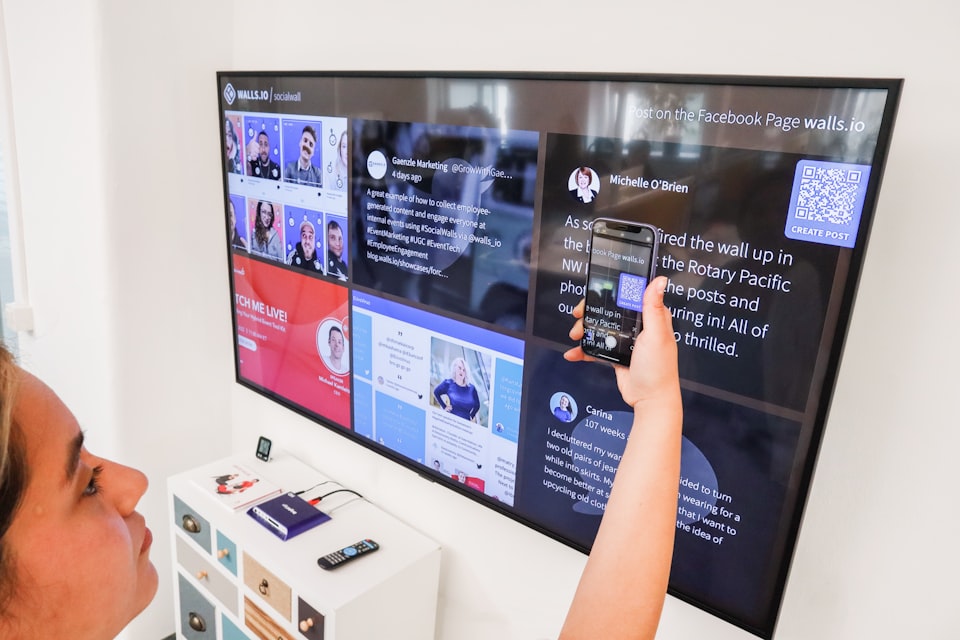Machine Learning & QR

QR codes (Quick Response codes) are two-dimensional barcodes that can store information such as text, URLs, or other data. While QR codes are primarily used for storing and retrieving information quickly, they can also be used in the context of machine learning.
Here are a few examples of how machine learning can be applied with QR codes:
- QR Code Detection and Decoding: Machine learning can be used to detect and decode QR codes in images or video streams. This involves training a machine learning model, such as a convolutional neural network (CNN), to recognize and locate QR codes within images. Once detected, the QR codes can be decoded to extract the stored information.
- QR Code Classification: Machine learning can also be used to classify different types of QR codes based on their content. For example, you could train a model to differentiate between QR codes containing URLs, contact information, or product details. This classification can help automate the processing of QR codes and extract relevant information.
- QR Code Generation: While not strictly machine learning, generating QR codes can also be enhanced using AI techniques. For instance, you could use machine learning to design a model that generates QR codes with specific characteristics or custom designs based on input parameters. This could be useful in scenarios where you need to generate a large number of unique QR codes for various purposes.
- QR Code Analysis and Insights: By analyzing large datasets of QR codes and their associated data, machine learning can provide insights and patterns. This can help businesses understand customer behavior, track the effectiveness of marketing campaigns, or identify trends related to QR code usage.
These are just a few examples of how machine learning can be combined with QR codes. The specific application and techniques used will depend on the problem you are trying to solve and the data available.




